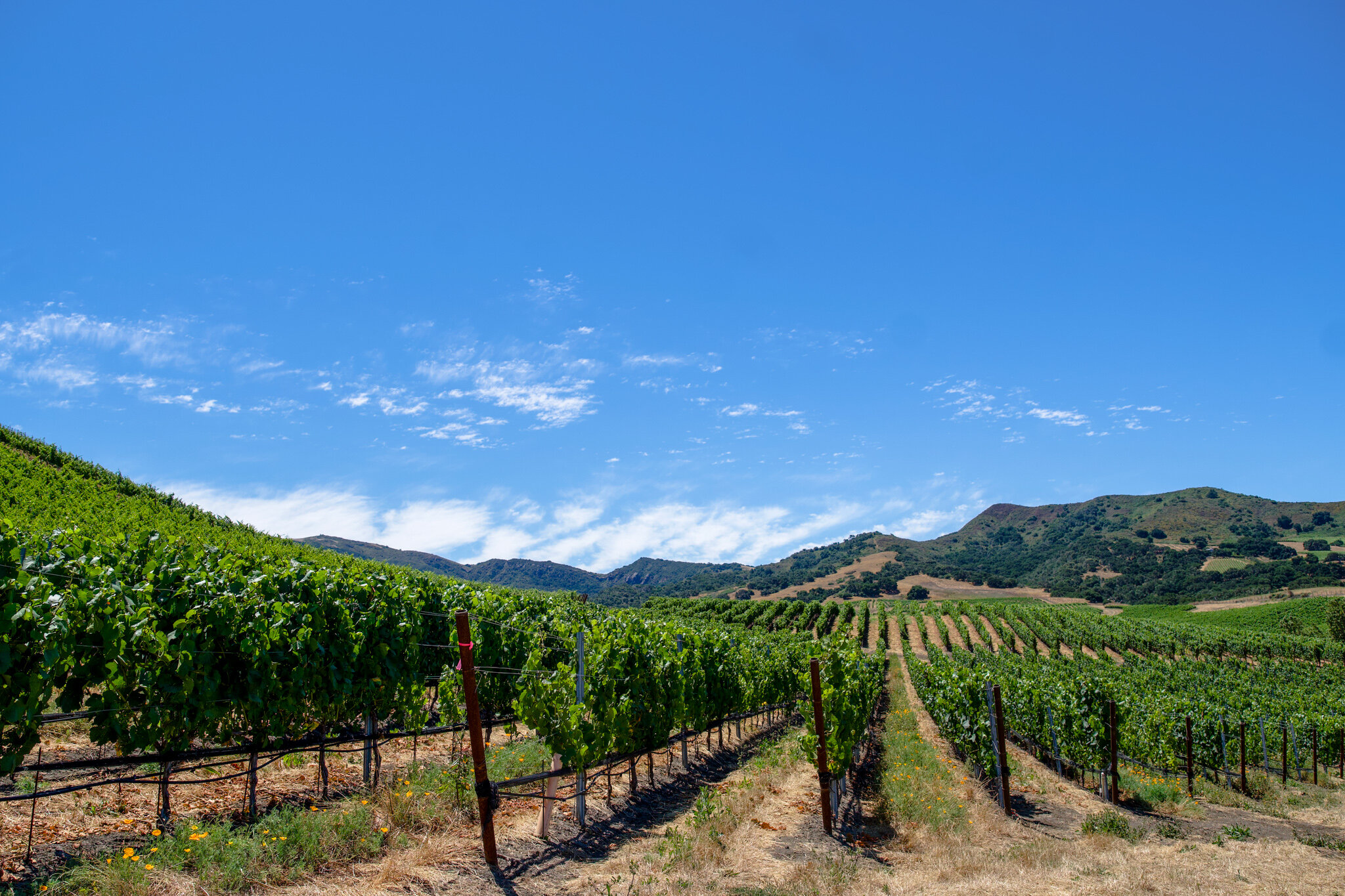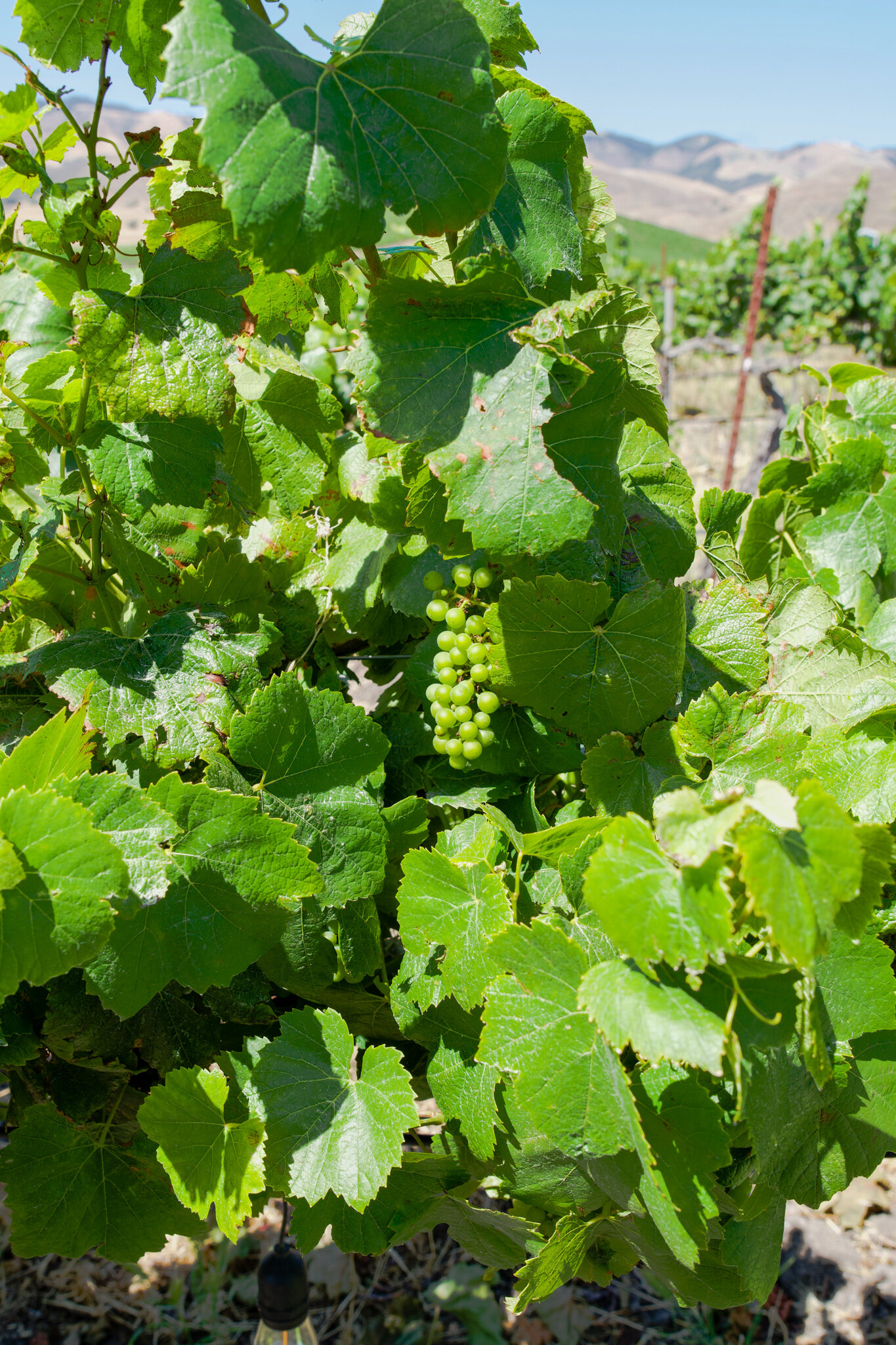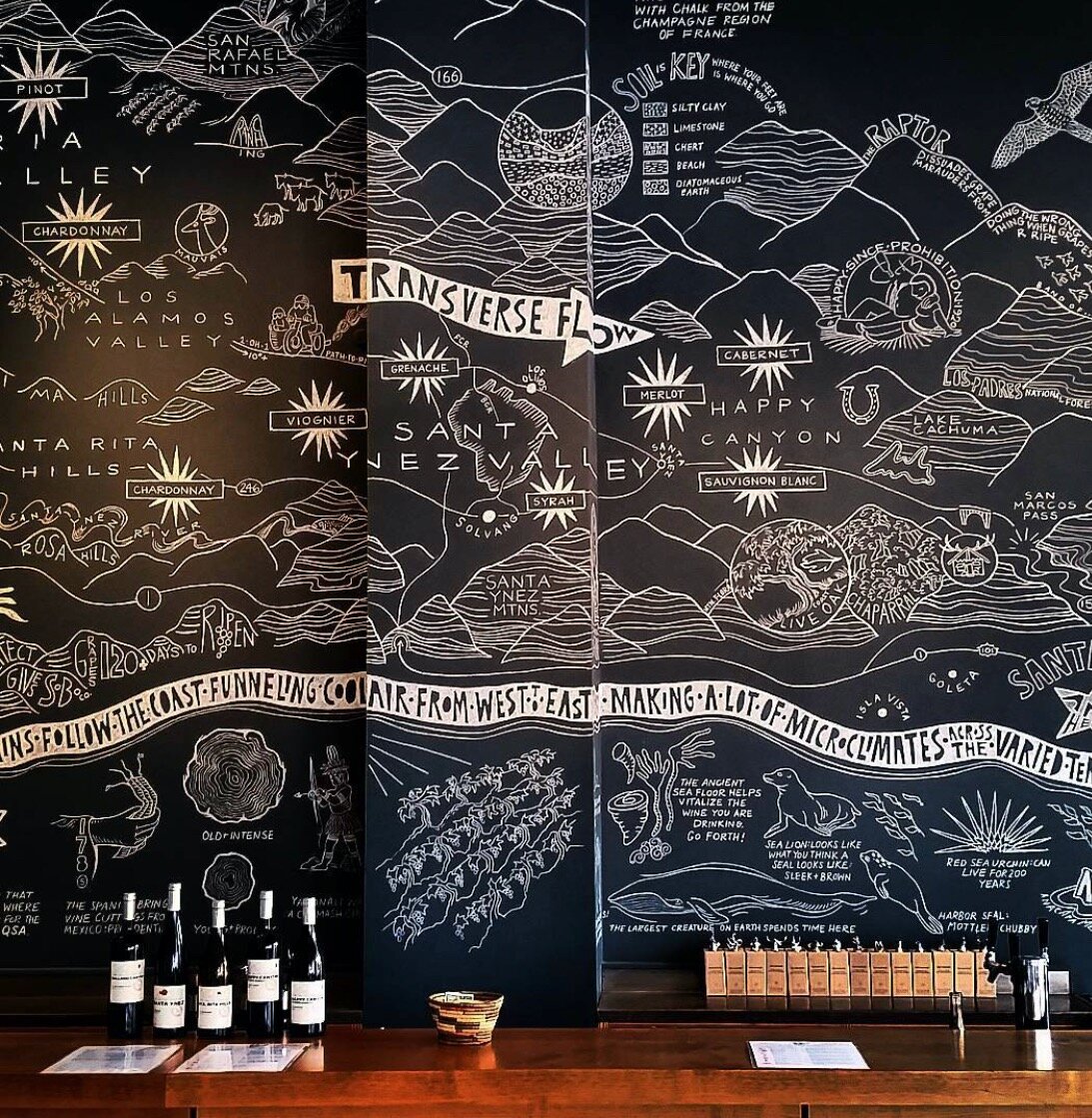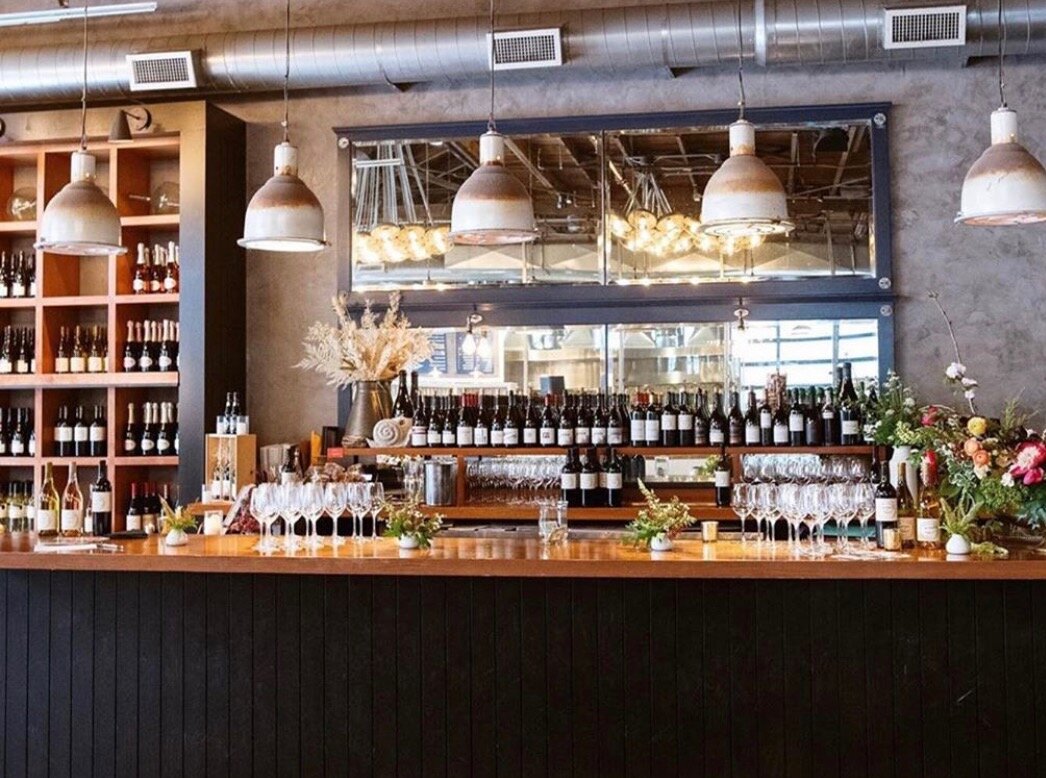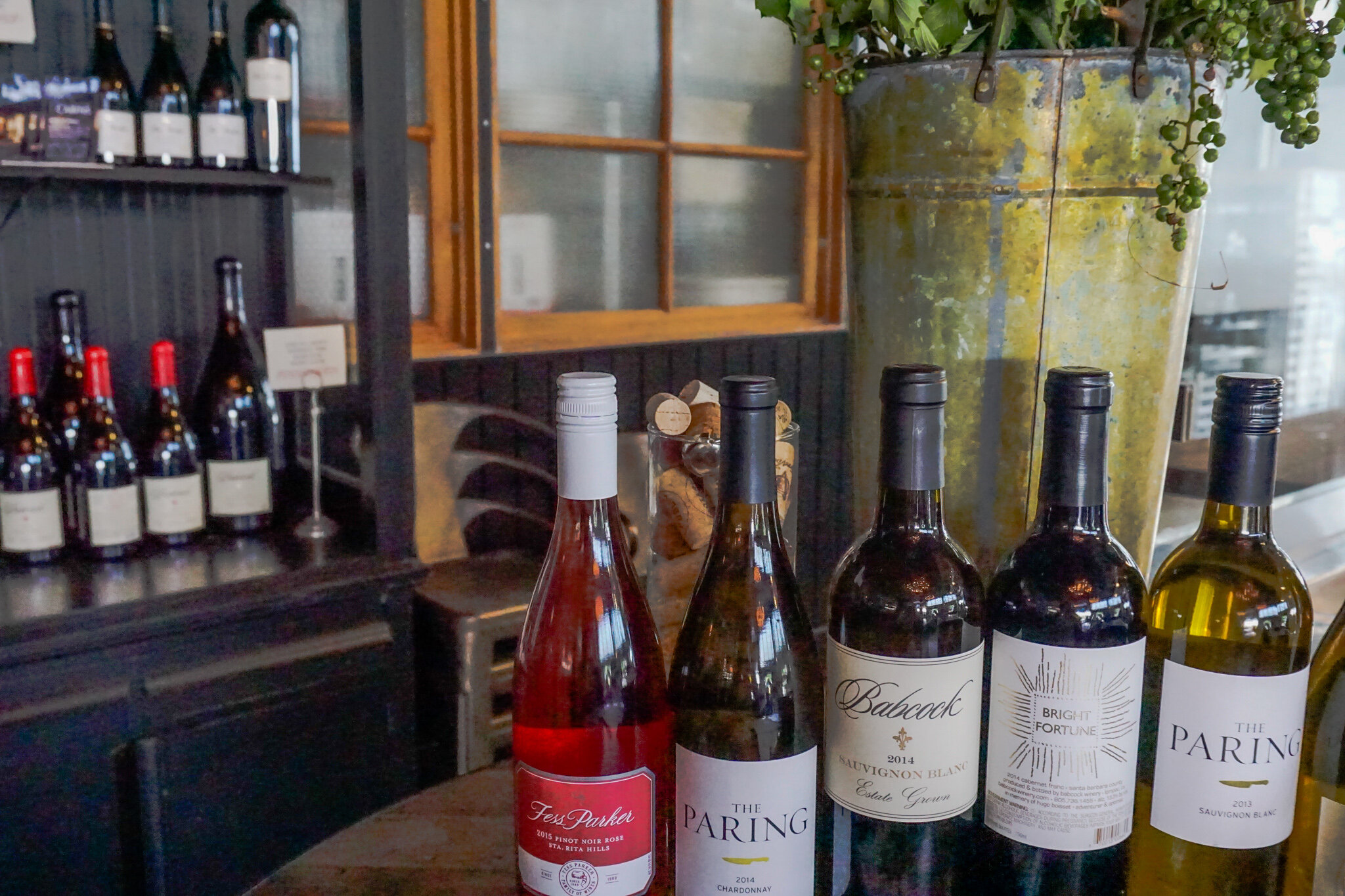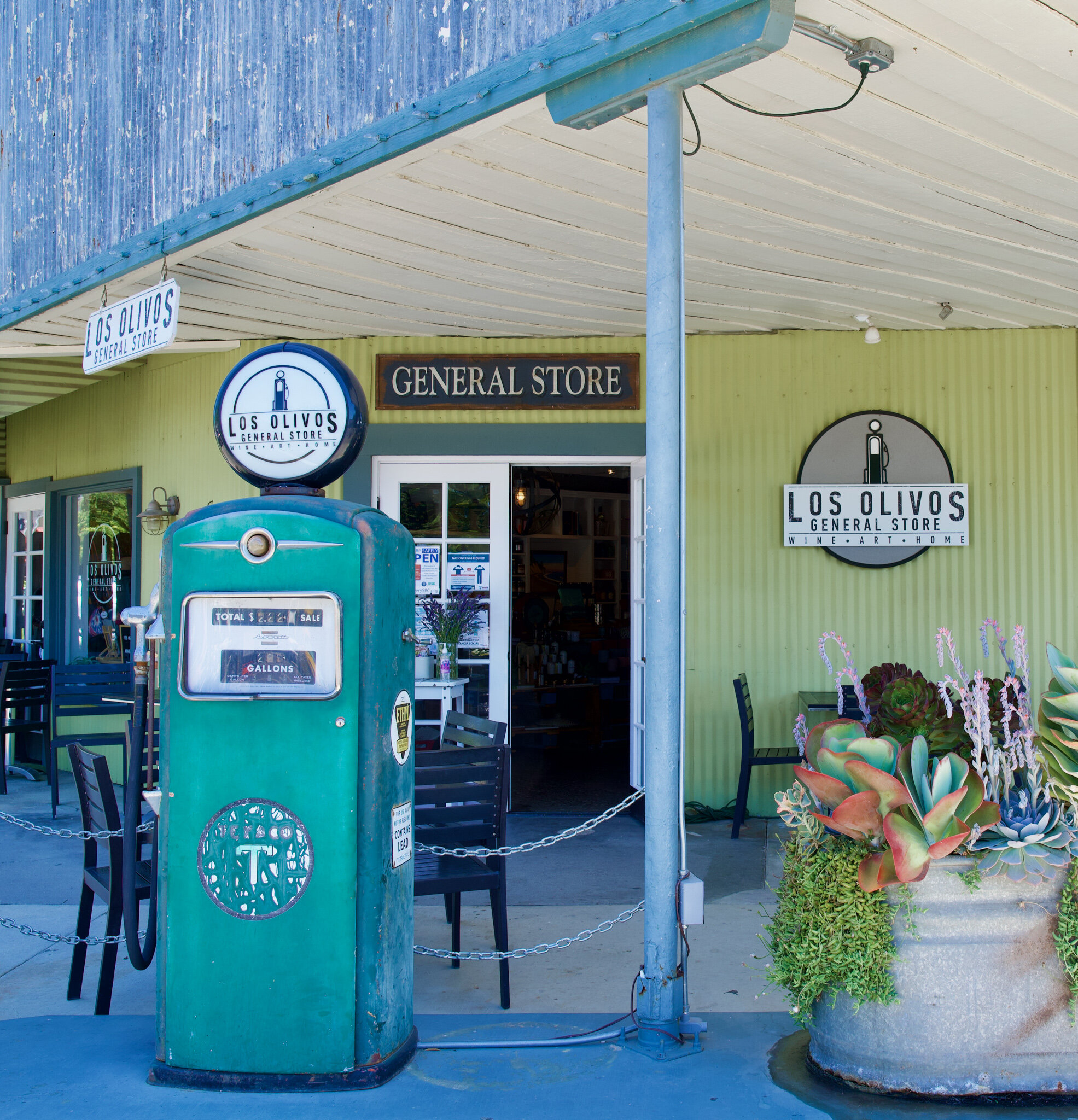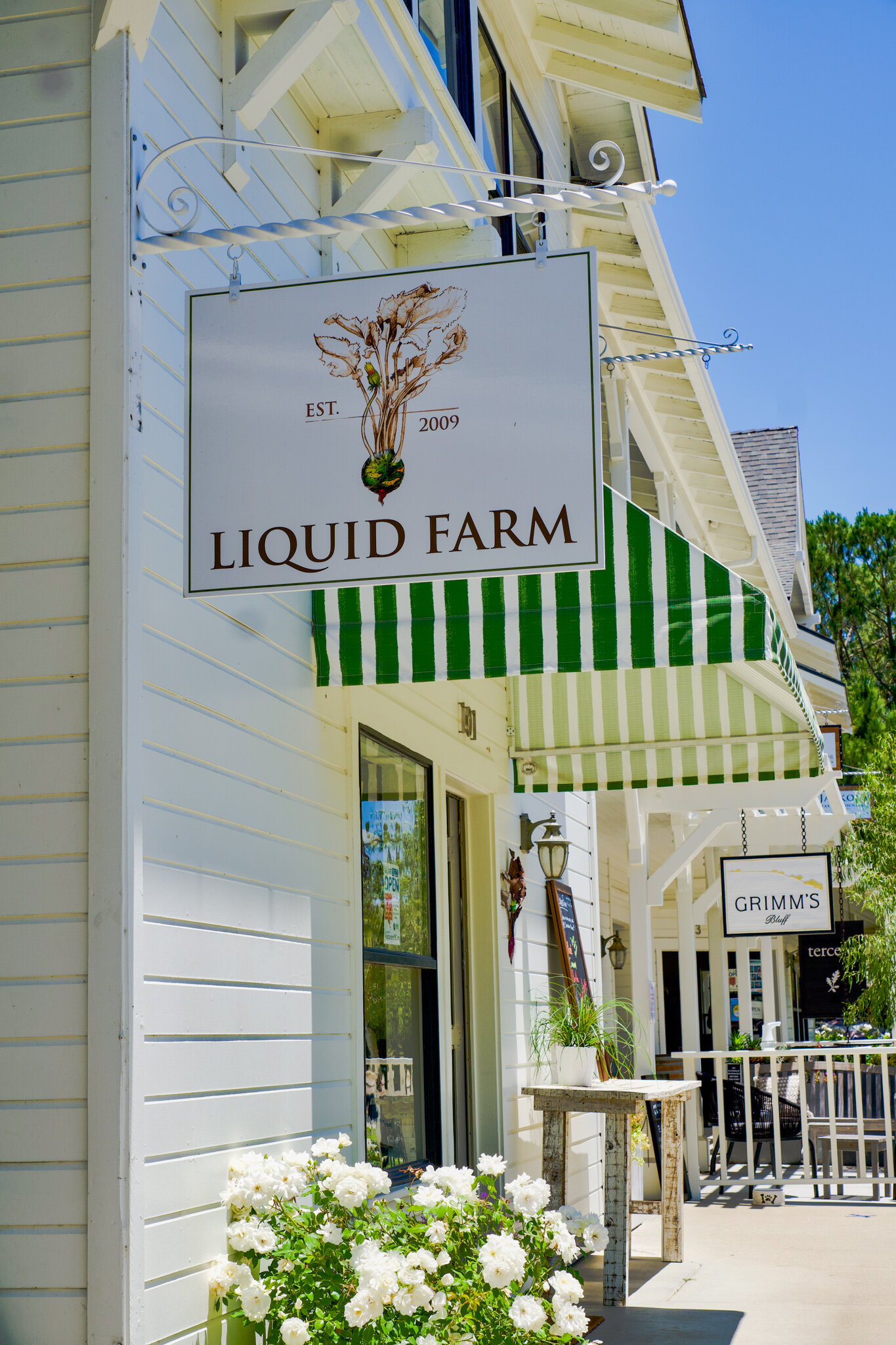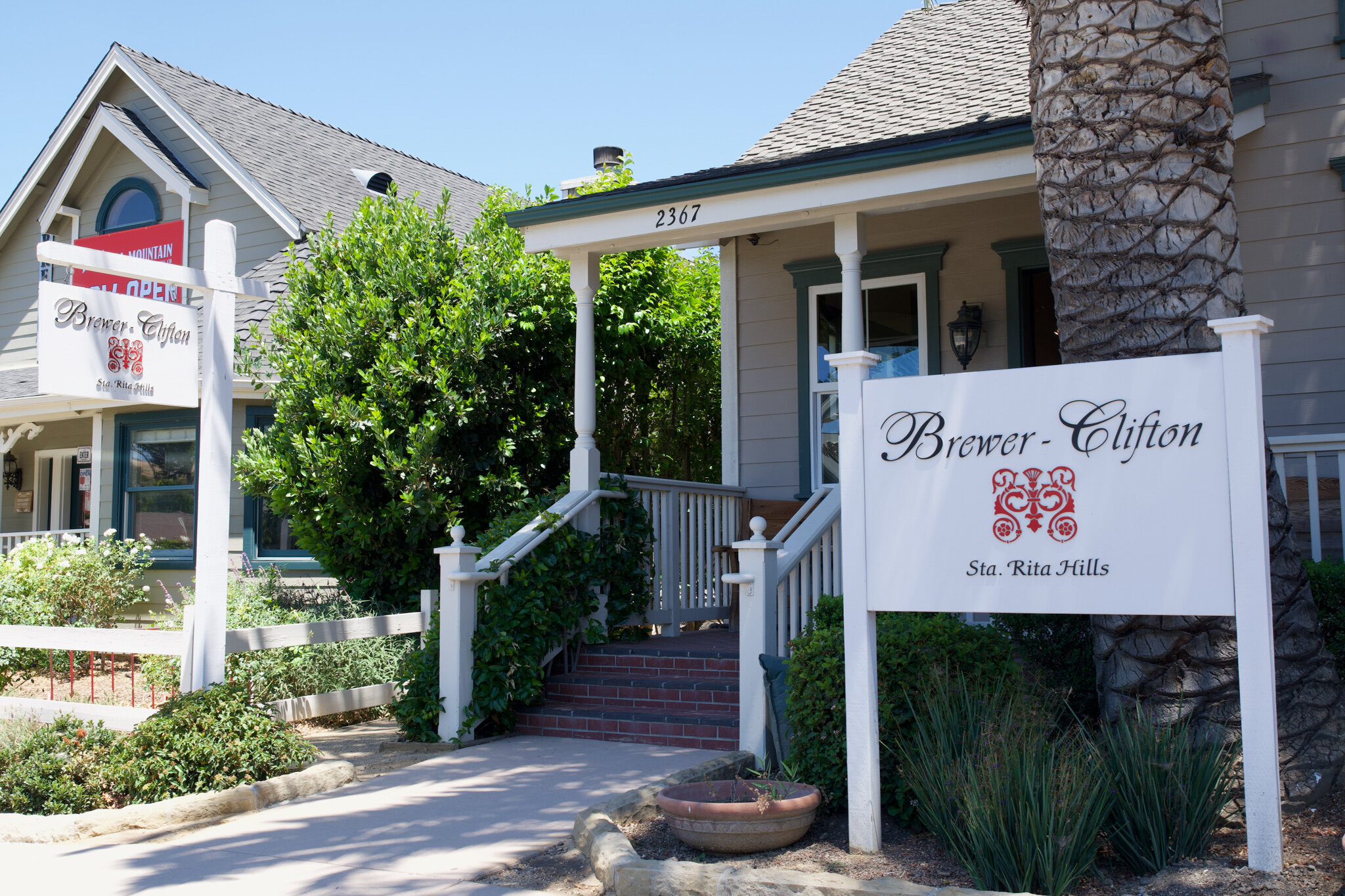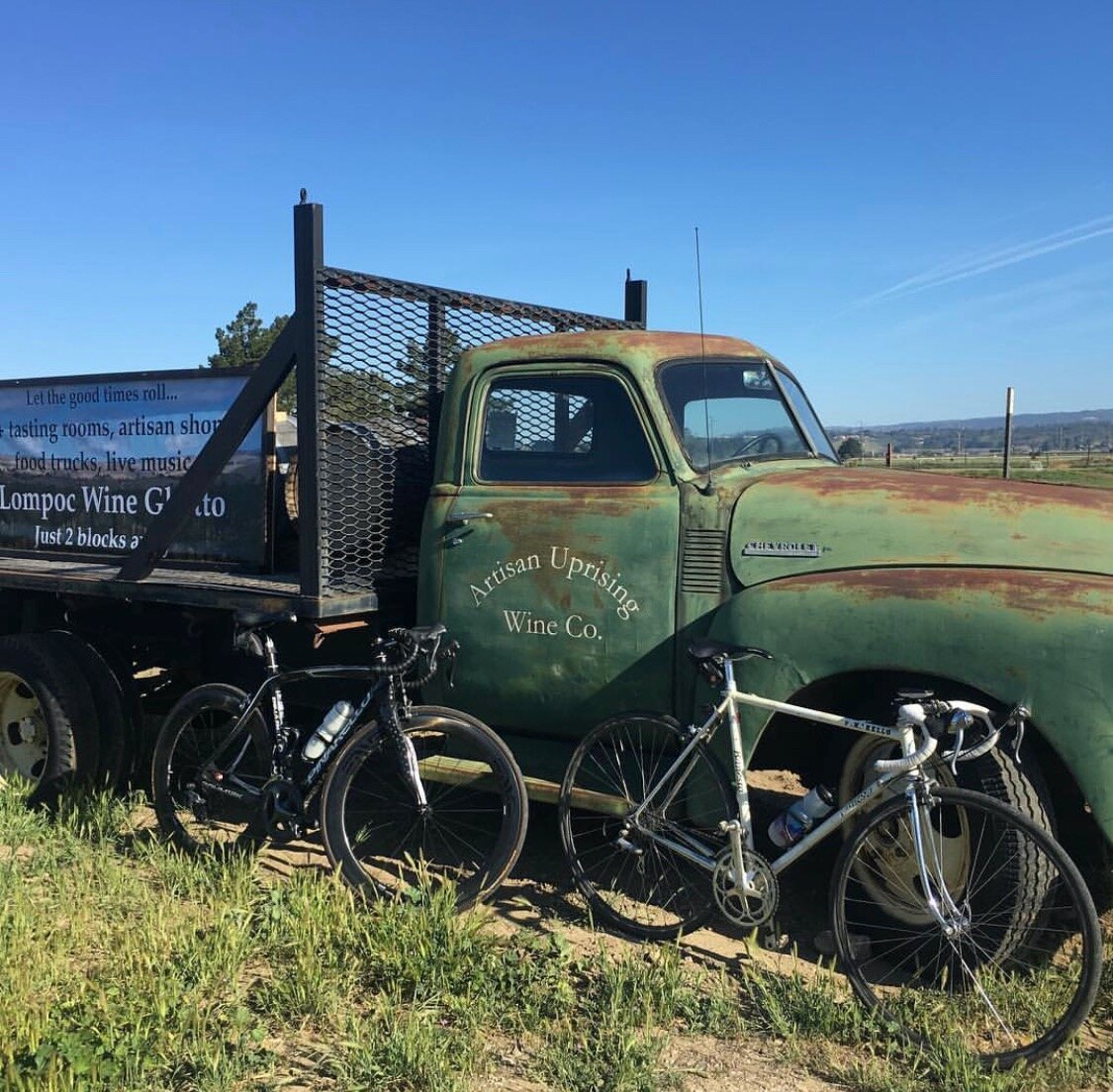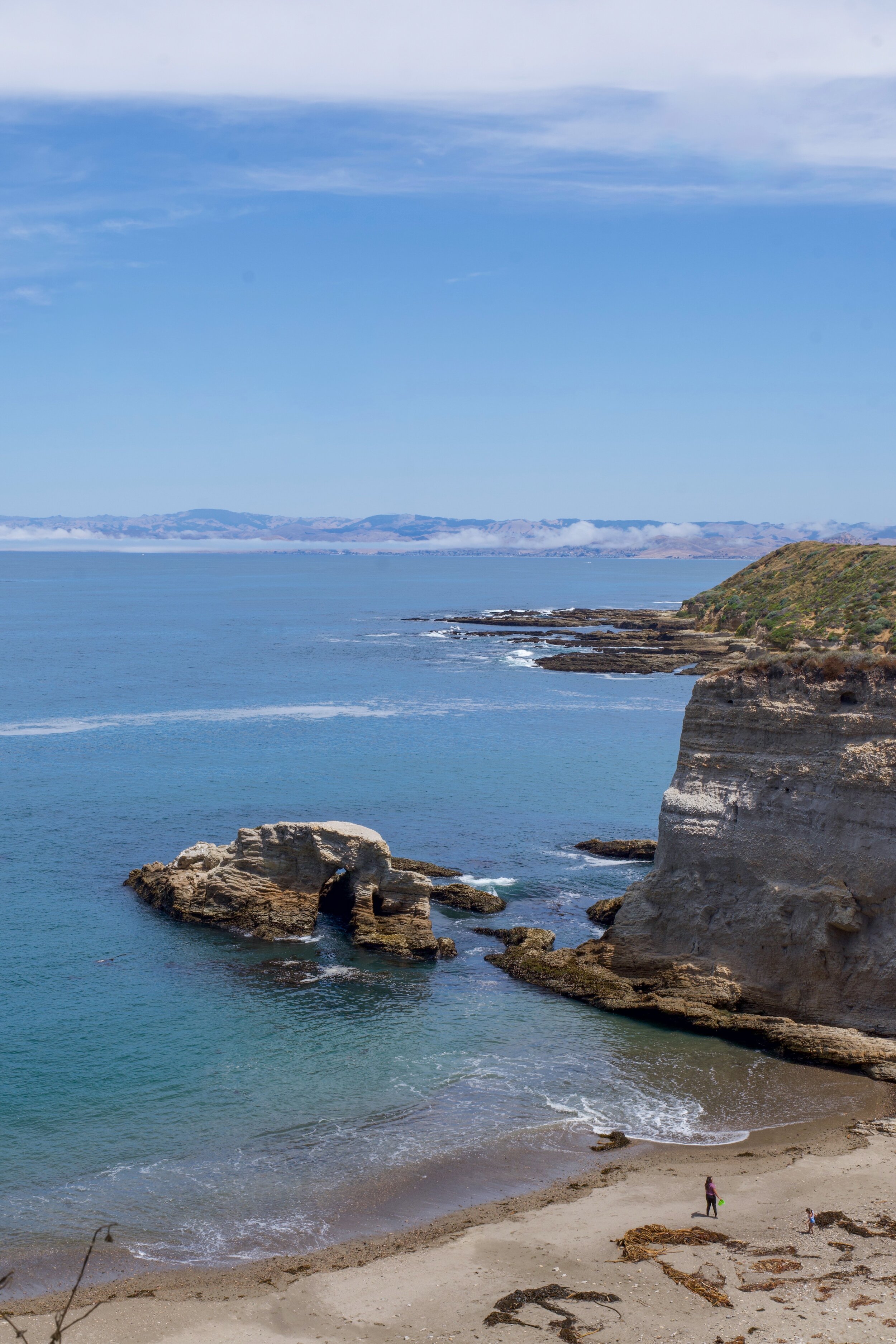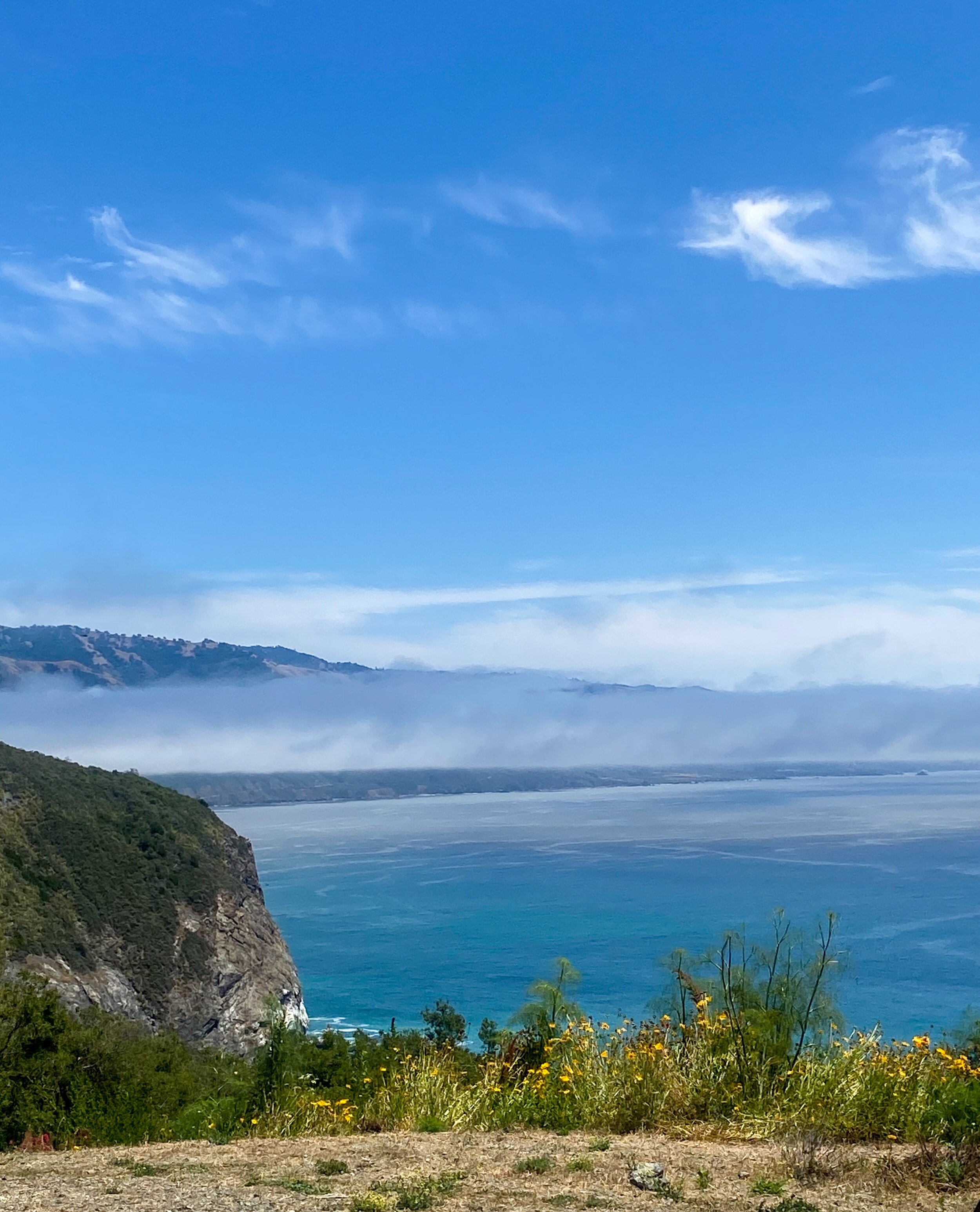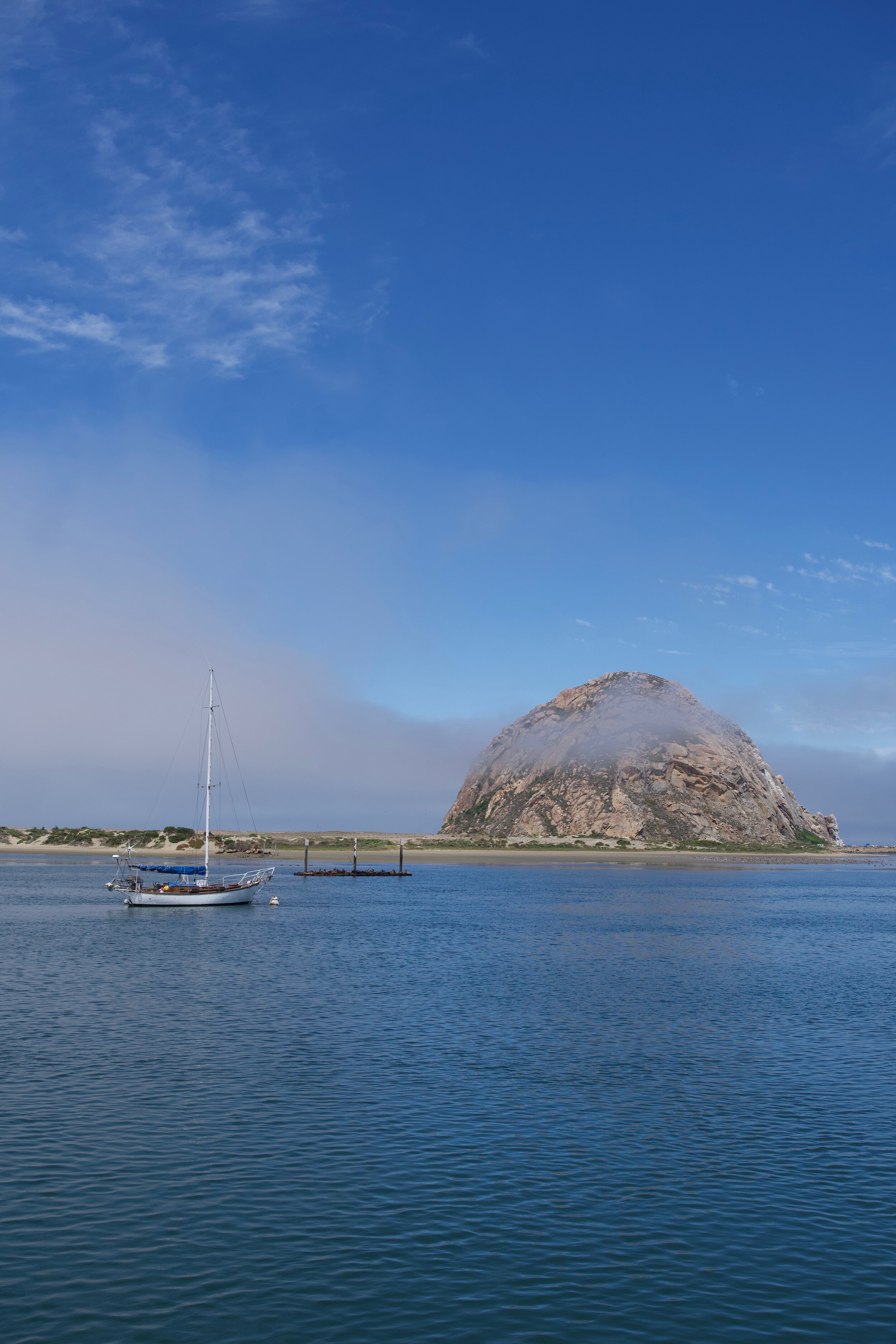Santa Barbara County: Wine Travel
After moving to Southern California from Washington State over a decade ago, the small beach town of Santa Barbara has become my favorite road-trip destination. You have the historic Spanish architecture seen throughout the city with its white stucco buildings and red tile roofs, and this history carries into the many galleries filled with incredible artwork. You also have the laid-back beach vibe with stunning views of the Pacific and a backdrop of the Santa Ynez Mountains. This setting provides an adventurous twist with an abundance of outdoor activities, from hiking and biking to sailing, paddleboarding, and kayaking. Last but not least is the icing on the cake with the urban wine scene, which is complemented by many upscale dining options.
This California wine country has risen to the top for me too, with something to offer everyone in its nearly 200 wineries and more than 27,000 acres of vines. It's scattered across 50 miles from the Pacific coast to inland canyons, and with its diversity in geography, it allows for over 65 different varietals to thrive. However, the challenge is, it also makes it hard to get a grasp on what the region is all about, let alone plan a trip. With some knowledge of the terroir and the grapes, hopefully, it will allow you to determine where you want to place your focus and assist with wineries to visit or wines you might want to try.
Anytime is a great time to visit Santa Barbara County. With temperatures hovering around seventy degrees most of the year, and limited rainfall, it's hard not to have great weather during your travels. Santa Barbara is just under 100 miles from the Los Angeles airport, but expect at least a two-hour drive, and that’s if luck is on your side. If it's your first time to the area, I'd suggest heading to Santa Monica and driving up Highway 1 along the coast. You'll immediately see a change as the coastline jets out at Malibu, the shoreline turns ragged compared to the beaches that lay to the south. Maybe make a stop at Nubu on the way to get your star sighting experience out of the way. Regardless if you see someone famous or not, you can’t beat the views from their outdoor patio.
THE REGION:
California's Santa Barbara County (SBC) is often overshadowed by its big brother (Napa) and big sister (Sonoma). As part of the Central Coast American Viticultural Area (AVA), SBC also gets lumped together with other central coast regions like Paso Robles, but what you need to understand is this AVA is 250 miles long. With the sheer size alone, you can easily imagine the wide-ranging styles of wine. And, lastly, just because it's the southernmost county, don't assume it's the warmest.
So, let’s get into why you shouldn't overlook this younger sibling and why it’s so special, not just to California, but the wine world.
The first thing to understand about SBC is the geography because it's a principal reason why it's so unique. The mountain ranges run east-west and are referred to as transverse. Along nearly the entirety of North America's west coast, mountains run parallel to the coastline. Those mountains shield lands to the east from the Pacific Ocean's influences. It's also in this region at Point Conception where California's maritime climate converge; with the cooling ocean currents from Alaska coming together with the warm currents from Mexico's Baja. What it all means is with the transverse topography, and the Pacific’s chilling wind and fog, the western edge of the grape growing valley is completely exposed to these cooling influences. The point where the mountains again resume a north-south orientation, there is a dramatic climate shift.
It's this climatic diversity, coupled with a variety of soil types, which easily justifies the presence of six AVAs and allow for one of the most diverse wine regions in the world.
The Santa Ynez Valley is by far the largest AVA in the region, with 77,000 acres planted to over 60 different varieties and spanning over 30 miles west to east. The terroir is the reason why the Santa Ynez Valley AVA is sub-divided into four AVAs; Sta. Rita Hills, Ballard Canyon, Los Olivos District, and Happy Canyon. Moving west to east within the Santa Ynez Valley, the climate goes from chilly and foggy to warm and dry, as the valley warms up by a degree a mile. To give you an idea, on a typical day, it would be 60 degrees Fahrenheit in Sta. Rita Hills and 90 degrees in Happy Canyon.
Here is a quick way to understand the Santa Ynez Valley AVAs;
Sta. Rita Hills: closest to the ocean with exposure to the marine layer and one of the coolest climate regions in California. Home to some outstanding Chardonnay and Pinot Noir. For a deep dive
Ballard Canyon: in the middle of the valley is making a name for itself with its mouthwatering Syrah. This is the newest region formed in 2013, and Syrah comprises 50% of the plantings with another 30% given to its fellow Rhône varieties like Grenache, Viognier, and Roussanne.
Los Olivos District: moderately warm, its open valley topography allows for more intrusion of coastal fog that moderates the large swings in day-night temperatures. It is well suited to the cultivation of Bordeaux varietals (~450 acres planted) and Rhone varietals (~400 acres planted).
Happy Canyon: the warmest of the regions on the far northeast border. Warm and dry, it lends well for Zinfandel and Bordeaux blends. It's also emerging as a top appellation in California for Sauvignon Blanc.
The Santa Maria Valley AVA is the furthest north, on the other side of a transverse mountain range, and is the other cool-climate region. This was SBC's first officially approved AVA and enjoys particularly complex soil conditions and diverse microclimates. Chardonnay and Pinot Noir are the two varietals which are the flagship wines of this appellation.
THE GRAPES:
The most planted grape in Santa Barbara County at over 7,500 acres is Chardonnay. With this kind of diversity, please don't assume you will find a particular style. Depending on the location and the producer, you will find the Californian stereotype: rich, ripe, oaky, and buttery. However, with some focus on the cool-climate regions of Santa Maria and Sta. Rita Hills, you'll uncover producers striving for a more Burgundian style yielding lean wines laced with mineral and acidity that demand cellaring.
Pinot Noir is Santa Barbara's second most grown variety, with more than 5,500 acres planted. The most notable regions being Santa Maria Valley and Sta. Rita Hills. The most significant difference between these two AVAs is the soil, and this gives each region a distinct flavor profile.
Following Chardonnay and Pinot Noir in terms of acreage is Syrah. SBC is becoming a sweet spot for Syrah, with great examples coming from all areas. They can range from lean and spicy, to full-bodied and jammy, depending on the growing location.
The other grape variety gaining some notoriety is Sauvignon Blanc. Again, the wine styles can vary dramatically from one vineyard or producer to the next, with Happy Canyon Sauvignon Blanc showing a wide range of flavors.
HOW TO VISIT:
Once you discover Santa Barbara, you may be tempted to spend all your time there tasting from vineyards across the county. Still, I encourage you to get out into wine country to understand what makes this wine region so distinctive. Taking Highway 154, it's about a 40-minute drive into wine country from Santa Barbara, where you'll climb through the Santa Ynez mountains and be treated with a view of Lake Cachuma framed by the immense San Rafael mountains in the background. It is when you're driving through the Santa Ynez Valley, you'll discover the slower pace with cattle meandering the countryside, red tail hawks perched on oak trees, and horses wandering in pastures.
What's unusual about Santa Barbara County is because of county land-use restrictions, it makes the estate winery model problematic, causing producers to get creative and open up stand-alone tasting rooms in urbanized areas. The largest concentration of tasting rooms is in the city of Santa Barbara and the cute little town of Los Olivos. Other small towns like Santa Ynez, Solvang, Buellton & the Lompoc Ghetto also have a smattering of tasting rooms.
Depending on your timeframe, if you only have a few days, I would suggest a day in Santa Barbara's tasting rooms, a day in Los Olivos, and a day visiting wineries by appointment while exploring the countryside. This itinerary will allow you to get a great perspective and understanding of the wine country.
Santa Barbara:
You cannot go to Santa Barbara without spending an afternoon strolling and tasting in the city. Santa Barbara's urban wine trail is home to numerous tasting rooms, outdoor patio wine hangouts, breweries, shops, art galleries, and street art. The concentration being in the buzzing Funk Zone neighborhood. Some recommendations;
Funk Zone:
The Valley Project - a great place to start, their tasting room mural providing a great perspective of the region
Santa Barbara Wine Collective - offering a group of boutique wineries
Whitcraft - one of Santa Barbara's oldest wineries
Wine Collection of El Paseo:
Au Bon Climat (ABC) - outstanding Chardonnay and Pinot Noir from SBC cool-climate regions
Grassini Family - Cabernet Sauvignon and Sauvignon Blanc from Happy Canyon
Los Olivos:
The little town of Los Olivos is a great place to park your car and stroll from one tasting room to the next, stopping in a cute shop or two along the way. Some recommendations;
Brewer-Clifton - whole-cluster Pinot Noir and Chardonnay from estate-owned vineyards in Sta. Rita Hills; California with a Burgundy style
Liquid Farm - Sta. Rita Hills Chardonnay and Pinot Noir with a Burgundian approach (join the club with us 😊)
Stolpman Vineyards - Ballard Canyon vineyards focusing on Syrah and mostly Rhone varieties with a touch of Sangiovese
Dragonette Cellars - small lots of Pinot Noir, Sauvignon Blanc, and Syrah
One day take Highway 1 up the coast to the town of Lompoc for a quick stop at the Wine Ghetto, and a visit to Sandi, before driving through the vineyards on Santa Rosa Road toward Buellton. This drive will take you through the heart of the Sta. Rita Hills.
To explore this route and a deep dive into the Sta Rita Hills. I share my favorite Pinots and Chardonnays too.
WHERE TO STAY:
Santa Barbara offers all of the luxury resorts, however, note that none of these are within walking distance of downtown; Ritz-Carlton, Rosewood, Four Seasons. If you want to be able to walk to many restaurants downtown and the Funk Zone, try the Hotel Californian near the beach, or The Pailhouse in downtown. There are plenty of AirB&B rentals in the West Beach area which is centrally located.
There are limited accommodations and rentals in the Santa Ynez Valley. Fess Parker Inn is a good option or lodging in the town of Solvang at the Landsby. Speaking of Solvang, the Danish history is reflected in the town's windmills and half-timbered buildings, making it stand out from other cities in the region.
If you are traveling north to Big Sur, you may want to stay in the little college town of San Luis Obispo or the Dolphin Bay Resort on the coast in Pismo Beach.
WHERE TO EAT:
Santa Barbara's Funk Zone:
The Lark - California cuisine with farm to table offerings
Buellton:
Hitching Post – for Sideways fans
Industrial Eats – for everyone else
San Luis Obispo:
Mistura - Peruvian cuisine with a local California flare
ALONG THE ROAD TO WINE:
It's easy to combine this wine region with some seaside activities and coastline views. If time permits, a drive up to Big Sur is a beautiful coastal stretch chaulked full of stop-worthy vistas at every turn. Here are just a few suggestions.
Santa Barbara's Inspiration Point Hike
Montana de Oro's Bluff Trail
McWay Falls at Julia Pfeiffer Burns State Park
For a rare sight, catch the elephant seals just north of San Simeon and the Hearst Castle.
While the Santa Barbara County wine industry is in its infancy compared to the world of wine, it has established itself as a region worthy of recognition on the international stage. Due to its unique geographical features, it is among America's most versatile, with high-quality winemaking practices. I still have much to discover, but I hope you'll join me on the journey.
For additional information:
The Roadside Terroir Podcast - to really geek out on the geography
Santa Barbara Vintners - for more indepth information on all the region has to offer






